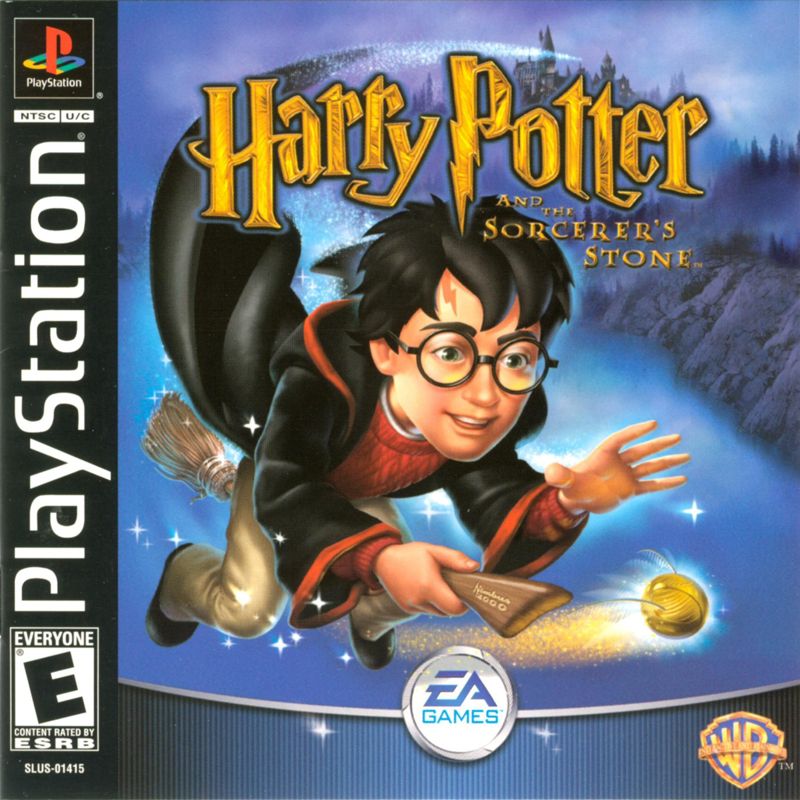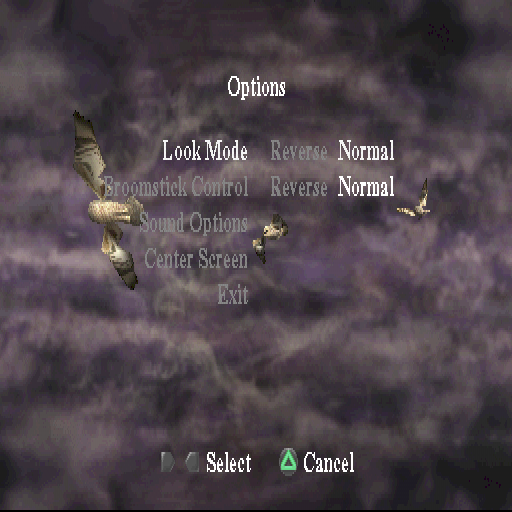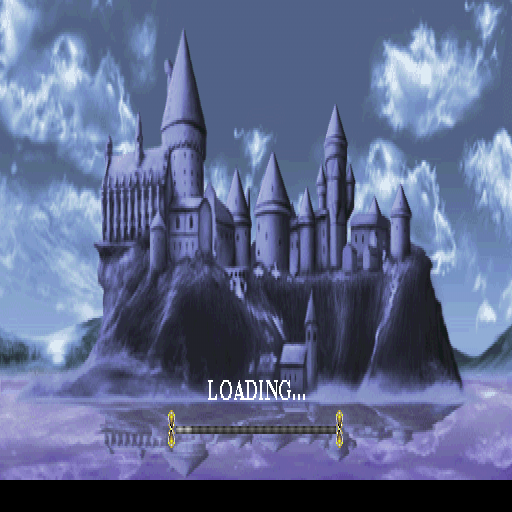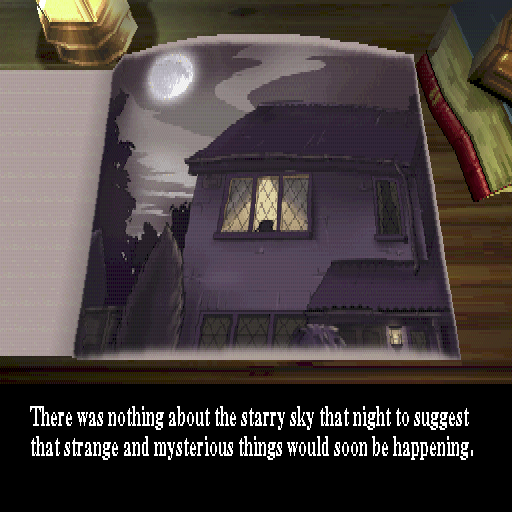Retro Replay Review
Gameplay
Harry Potter and the Sorcerer’s Stone on PlayStation delivers a variety of gameplay styles that keep the adventure feeling fresh throughout your first year at Hogwarts. Platforming sections, paced by Harry’s automatic jumps when he reaches ledges, allow the player to focus on timing rather than precision, making them accessible for younger audiences. These segments are interspersed with combat encounters, where Harry can cast five different spells learned in Potions class, requiring the player to memorize their shapes and rhythms before unleashing them on enemies like enchanted suits of armor or rogue magical creatures.
(HEY YOU!! We hope you enjoy! We try not to run ads. So basically, this is a very expensive hobby running this site. Please consider joining us for updates, forums, and more. Network w/ us to make some cash or friends while retro gaming, and you can win some free retro games for posting. Okay, carry on 👍)
Puzzle-solving forms a substantial part of the experience, from rotating mirrors to direct beams of light in a greenhouse to arranging statues correctly in a hidden chamber. These challenges often reward house points or unlock new areas, encouraging exploration. Success yields Gryffindor points, helping keep the race for the House Cup engaging, while failure costs you points—adding stakes even to seemingly minor tasks.
Broomstick flying sections add another dimension to the gameplay, offering both Quidditch matches and scripted chases. Catching the Golden Snitch involves flying through a trail of shimmering rings, testing your aerial control, while chases—like pursuing Draco Malfoy—demand quick reflexes to bump rivals off their brooms. Though not as deep as standalone racing games, these sequences offer welcome variety and a taste of wizarding sport.
Graphics
On PlayStation hardware, Harry Potter and the Sorcerer’s Stone presents a colorful, if slightly blocky, 3D rendition of Hogwarts and its surroundings. Character models are simplistic by today’s standards but still recognizable—Harry’s round glasses and Gryffindor robes translate well into low-polygon form. Textures can appear flat at times, yet vibrant color palettes keep each location, from the red-bricked corridors to the green Expelliarmus classrooms, distinct.
Environmental detail is a highlight: tapestries sway in castle hallways, torches flicker in dungeons, and ghostly portraits animate with eerie charm. Draw distances are limited, occasionally resulting in popping geometry, but clever level design masks long corridors with doorways and arches. Transition screens between floors help break up load times, maintaining immersion even when the system needs a moment to catch up.
Special effects—spell particles, glowing broom trails, and shimmering holographs in the Mirror of Erised sequence—are surprisingly effective. Spells cast by Harry leave a streak of light, and enemy enemies burst into sparkles when defeated, giving combat a magical flair. Though primitive by modern standards, the visual presentation captures the enchanting atmosphere of J.K. Rowling’s world in a way that feels both nostalgic and engaging.
Story
The narrative closely follows the first book and film, guiding players through Harry’s discovery of the wizarding world, his Sorting Ceremony, and the trials that guard the Sorcerer’s Stone. By structuring the game as a semester-by-semester progression, it mirrors the school-year pacing, gradually introducing spells, subjects, and familiar settings like the Great Hall and the Defense Against the Dark Arts classroom.
Cutscenes and text prompts summarize major plot beats efficiently—meeting Hagrid in Diagon Alley, the thrilling troll encounter in the girls’ bathroom, and the climactic chessboard showdown. While voice acting is minimal, the written dialogue and occasional stock sound effects leave room for players to imagine their own vocal performances, much like fans of the books did before the movies existed.
Optional side rooms and hidden passages expand on the story world without altering the main plot. Discovering secret portraits or finding collectible Famous Wizard cards provides glimpses of wizarding history beyond Harry’s tale, making each corridor of Hogwarts feel layered with untold stories. These diversions complement rather than distract from the core narrative, encouraging full exploration of the castle.
Overall Experience
Harry Potter and the Sorcerer’s Stone for PlayStation captures the magic of the wizarding world in a format that balances action, puzzles, and exploration. Its approachable mechanics—automatic jumps, simple combat, and real-time spellcasting—make it suitable for younger players new to 3D adventures, while the puzzle depth and collectible hunts offer enough challenge for older fans.
The game’s pacing maintains momentum by regularly introducing new gameplay elements, from broomstick flight to class lessons. Though camera angles can occasionally hamper precise platforming, level design often compensates by placing platforms and checkpoints generously. The thrill of uncovering a hidden room or earning house points fosters a sense of discovery that remains satisfying even after multiple playthroughs.
For fans of Harry Potter, this title provides an immersive tour of Hogwarts that evokes the wonder of the first year at witchcraft school. Despite dated graphics and simple mechanics compared to modern standards, the charm of exploring iconic locations and casting your first spells makes the journey memorable. Whether you’re reliving childhood nostalgia or experiencing Hogwarts for the first time, this game offers a delightful introduction to Harry’s world and lays the groundwork for the adventures that follow.
 Retro Replay Retro Replay gaming reviews, news, emulation, geek stuff and more!
Retro Replay Retro Replay gaming reviews, news, emulation, geek stuff and more!








Reviews
There are no reviews yet.